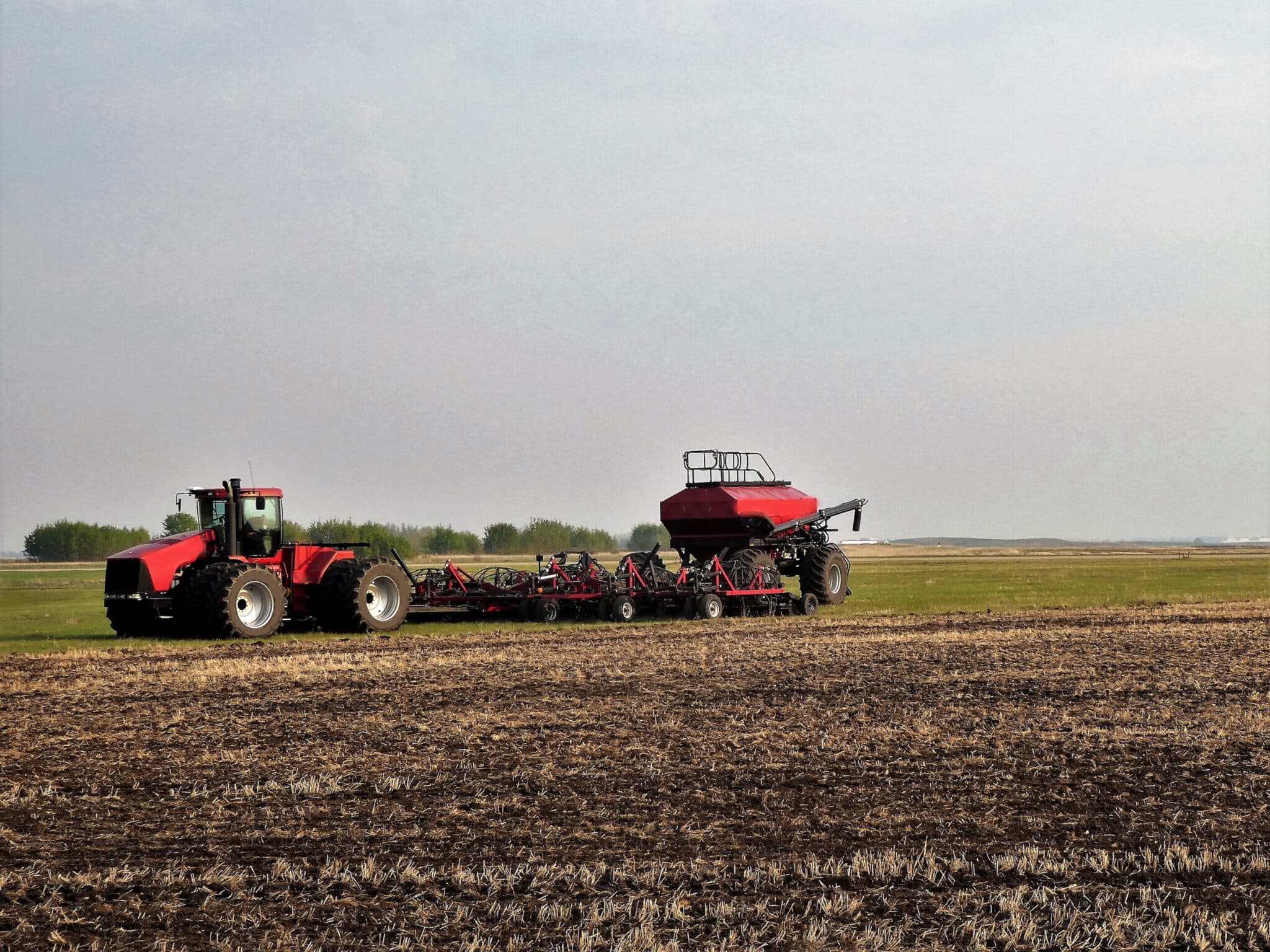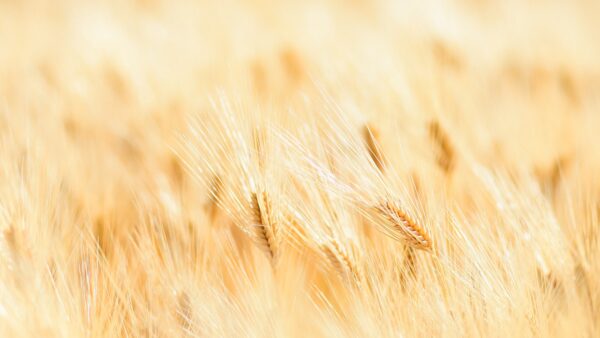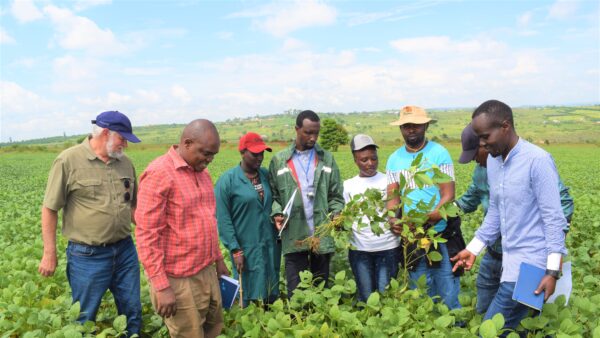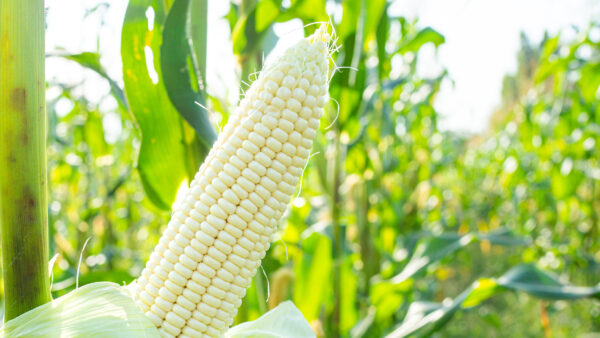As the seeding window approaches across Canada, growers are entering the 2025 planting season with more uncertainty than usual — that’s the message in a new analysis from Farm Credit Canada written by senior economists Justin Shepherd and Graeme Crosbie.
Ongoing trade disputes, including new tariffs from China, are adding to market volatility and complicating decisions around crop selection, FCC says—particularly at a time when cereal crops are seeing a resurgence in price competitiveness compared to oilseeds.
According to the analysis, prices for key crops started the year strong, with canola and wheat futures jumping by 8% and 9%, respectively, in mid-February. But gains were short-lived. The announcement of Chinese tariffs in March triggered a sharp decline in canola prices.
Although there’s been a partial recovery in recent weeks, market conditions remain highly unpredictable.
Other major crops like soybeans and corn have followed a similar path. Prices climbed through late January and February, only to dip in March as reports of a large South American soybean harvest exerted downward pressure, FCC notes.
Profitability Under Threat
Even before trade disruptions entered the picture, profit margins for the 2025-26 crop year were already looking slim, according to FCC. Updated profitability forecasts show average returns of $50 to $75 per acre for wheat and canola in Western Canada (excluding land costs). In Eastern Canada, corn and soybeans are projected to return about $375 per acre under average yield conditions.
However, these estimates are vulnerable to price shocks. A 15% drop in commodity prices—a realistic risk given global market turbulence—would send canola returns into negative territory and reduce wheat margins to breakeven. In the east, corn and soybean margins would fall to $240 and $280 per acre, respectively.
Seeding Intentions Hold Steady, for Now
Despite the market noise, seeding plans for major crops remain largely unchanged. In Ontario and Quebec, soybean and corn acres are expected to remain consistent, with 3.9 million and 3.1 million acres projected, respectively. Similarly, U.S. growers are expected to add nearly 5 million more corn acres this spring, reflecting tighter global corn supplies compared to soybeans.
In Western Canada, historical trends suggest that farmers are unlikely to make major shifts in wheat and canola acreage, even under trade pressure. For instance, canola acres remained relatively stable during China’s previous restrictions on Canadian seed between 2019 and 2022, thanks in part to redirected exports to the European Union and other markets. Statistics Canada currently forecasts 21.5 million acres of canola to be planted in 2025.
“Outside of agronomic considerations, this was likely a result of seed exports finding alternative markets and finding alternative routes to China,” Shepherd and Crosbie write.
Europe Steps in as a Key Market
European demand may help cushion some of the blow, they add. Poor rapeseed yields in the EU—down 14% in 2024, the smallest crop since 2020—have driven a surge in Canadian canola exports. Between October 2024 and February 2025, more than 700,000 metric tonnes of Canadian seed headed to the EU, the fastest pace since the 2020-21 marketing year. This boost has lent some support to canola prices, and the level of European production this summer will be an important factor to watch for future price movements.
Some farmers may look to shift acres toward crops like flax and lentils, which show relatively strong return potential and greater variability in seeded acreage. Manitoba could also see more soybean acres, especially if potato acreage drops—as some buyers have reportedly scaled back contracts with growers in the province, according to Shepherd and Crosbie.
For the full analysis including detailed graphs visit the FCC website.













